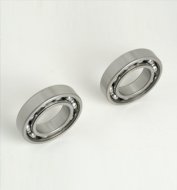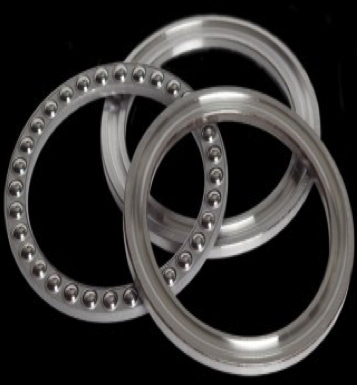Bearings had been developed since ancient times, the first modern recorded patent on ball bearings was awarded to Philip Vaughan, a Welsh inventor and ironmaster who created the first design for a ball bearing in Carmarthen in 1794.His was the first modern ball-bearing design, with the ball running along a groove in the axle assembly.
Jules Suriray, a Parisian bicycle mechanic, designed the first radial style ball bearing in 1869, which was then fitted to the winning bicycle ridden by James Moore in the world's first bicycle road race, Paris-Rouen, in November 1869.

Ball bearings are comprised of four major parts: a large ring (outer ring), a small ring (inner ring), balls between the rings (steel balls), and a cage to prevent the balls from hitting each other.The purpose of a ball bearing - a type of rolling-element bearing that uses balls to maintain the separation between the bearing races; is to reduce rotational friction and support radial and axial loads. It achieves this by using at least two races to contain the balls and transmit the loads through the balls.




